Growing hibiscus from cuttings can be a rewarding venture for any garden enthusiast, allowing you to expand your flower collection with relative ease. To start, you’ll need to select a healthy parent plant—this is critical as the vigor and vitality of the mother will significantly influence the offspring. It’s best to choose a mature hibiscus plant that reflects the traits you wish to propagate, such as vibrant blooms or robust growth.
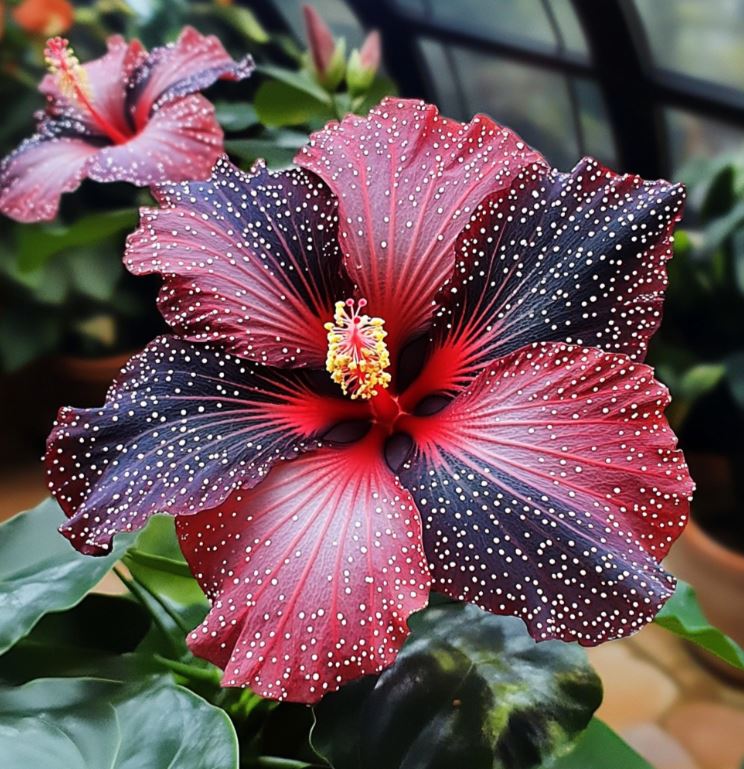
Preparing the Cuttings
The next step involves taking the cuttings. With clean, sharp pruning shears, cut a stem just below a leaf node—the slight bend in the stem where leaves grow out—which serves as an energy sink and helps the cutting develop roots more effectively. Aim for cuttings about 4 to 6 inches long, ensuring they possess at least two sets of leaves. By removing any flowers or large leaves from the cutting, you reduce energy expenditure during the rooting process, directing it instead towards establishment of roots.
Selecting the Perfect Cutting
- When selecting a cutting, look for a stem that is healthy and vibrant, free from any signs of disease or pests.
- Choose a stem that has a good balance of mature wood and new growth, as this will help ensure the cutting has the necessary resources to root and establish itself.
- Avoid selecting cuttings from the tips of the plant, as these can be more delicate and prone to drying out.
- Instead, opt for cuttings from the middle or lower portions of the plant, where the wood is more mature and the stem is thicker.
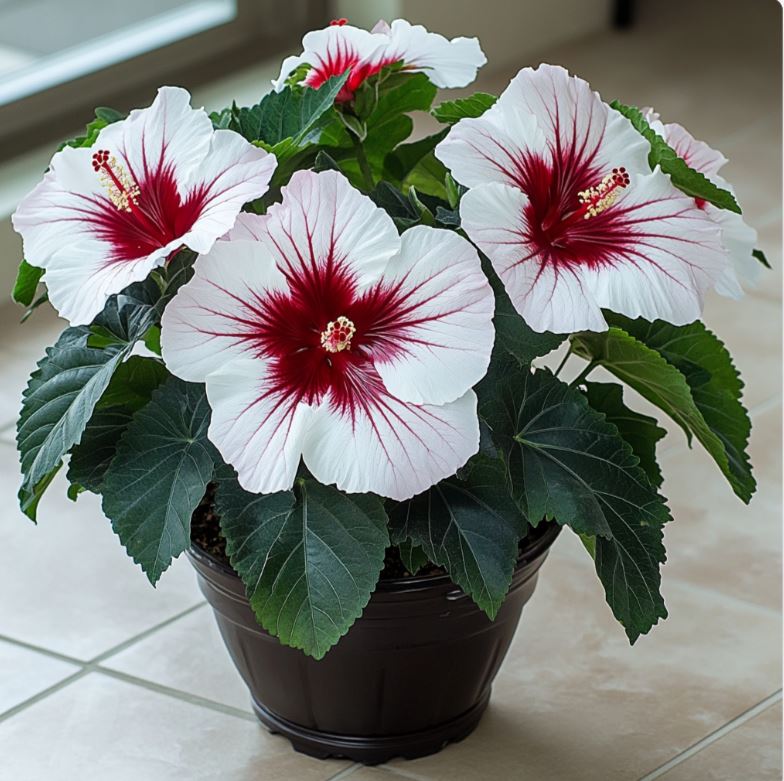
Preparing the Cutting for Planting
- Use a clean, sharp pair of pruning shears or scissors to make a clean cut just below a leaf node.
- Remove any leaves or flowers from the lower portion of the cutting, as these can draw energy away from root development.
- Dip the cut end of the cutting into a rooting hormone powder or liquid, following the manufacturer’s instructions.
- This will help stimulate the production of roots and increase the chances of successful propagation.
- Gently tap off any excess rooting hormone before planting the cutting.
Planting the Cutting
Once you have your cuttings ready, it’s time to plant them. Dip the cut end into root hormone to enhance root development. While this is not strictly necessary, it can accelerate the process and yield more resilient plants. Insert the cutting into a well-draining potting mix, creating a small hole (using a pencil works well) so as not to damage the hormone coating, then gently firm the soil around it. Water lightly, ensuring that the soil is moist but not overly saturated; drainage is vital here.
Creating a Humid Environment
Hibiscus cuttings thrive in humidity, which mimics their native tropical environments. To create this humidification effect, covering the plant with a plastic bag or placing it inside a mini greenhouse can limn a microclimate that encourages growth. Be sure to air it out periodically to prevent mold and ensure adequate ventilation. This encapsulated environment serves a crucial role akin to a nurturing cradle, providing your young cuttings a safe space to develop without desiccation.
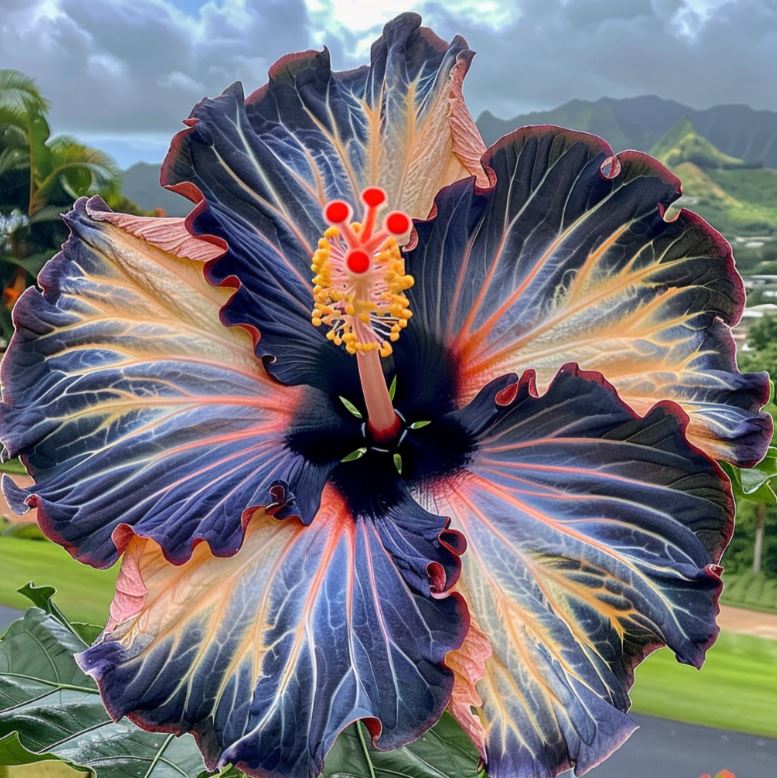
Maintaining Optimal Humidity
- Mist the cuttings regularly with a spray bottle filled with clean water to keep the air around them humid.
- Consider placing the potted cuttings on a tray filled with pebbles and water, which will create a humid microclimate as the water evaporates.
- If using a plastic bag or mini greenhouse, be sure to open it for a few minutes each day to allow for air circulation and prevent the buildup of stale air and moisture.
Monitoring for Pests and Diseases
- Keep a close eye on your cuttings for any signs of pests or disease, as the humid environment can also be favorable for these issues.
- Inspect the leaves and stems regularly for any discoloration, wilting, or the presence of insects.
- If you notice any problems, address them promptly by removing affected parts or applying a gentle, organic pesticide or fungicide.
Adjusting the Humidity as Needed
- As the cuttings develop and start to root, you may need to gradually reduce the humidity levels to prevent issues like fungal growth.
- Slowly remove the plastic bag or open the greenhouse more frequently to allow for a gradual transition to lower humidity.
- Monitor the cuttings closely and make adjustments to the humidity as needed to ensure their continued healthy growth.
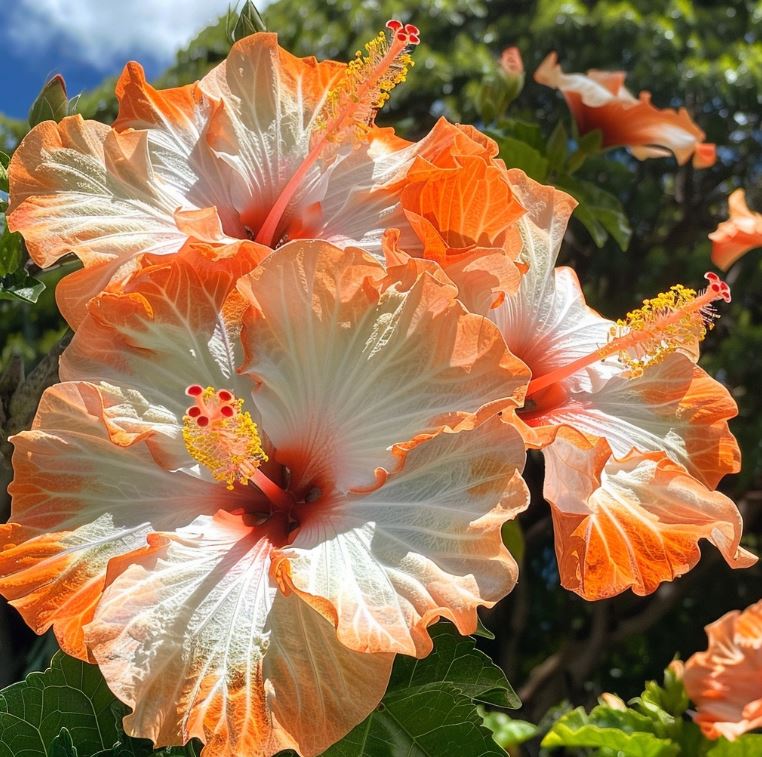
Light and Temperature Requirements
Offering optimal light conditions is essential. Place your propagated cuttings in a warm location with indirect sunlight—for instance, near a window that filters harsh rays. Too much direct sun can scorch the tender new shoots, while insufficient light may lead them to become leggy and weak. A temperature range between 70°F to 80°F is ideal; too much cold can stymie root formation altogether.
Providing the Right Light Exposure
- Choose a spot in your home or greenhouse that receives bright, indirect sunlight, such as near a north-facing window or under a sheer curtain.
- Avoid placing the cuttings in direct, harsh sunlight, as this can damage the delicate new growth.
- If necessary, supplement the natural light with a grow light, ensuring the cuttings receive at least 6 hours of light per day.
Maintaining Ideal Temperatures
- Hibiscus cuttings thrive in warm conditions, with a temperature range of 70°F to 80°F being ideal for root development and growth.
- If the temperature drops below 65°F, the rooting process may slow down or even stop altogether.
- Consider using a heating mat or placing the cuttings in a warm, protected area to maintain the optimal temperature range.
- Avoid exposing the cuttings to sudden temperature fluctuations, as this can shock the plant and inhibit growth.
Monitoring and Adjusting as Needed
- Regularly check the temperature and light conditions around your hibiscus cuttings to ensure they remain within the ideal range.
- Make adjustments, such as moving the cuttings to a different location or using supplemental lighting, as needed to maintain the optimal environment.
- Pay close attention to the cuttings’ growth and appearance, as this will provide valuable clues about whether the light and temperature conditions are suitable.
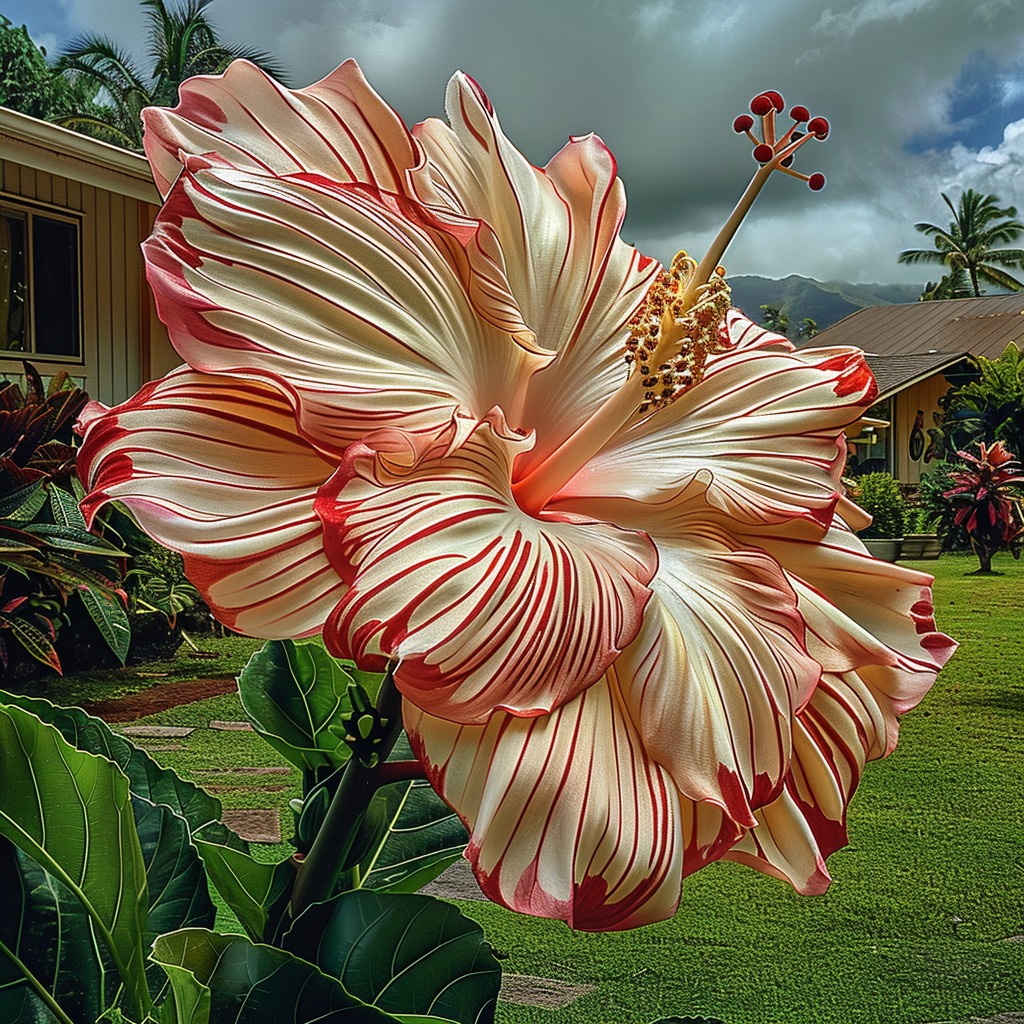
The Waiting Game
In terms of patience, expect the rooting process to take anywhere from 2 to 8 weeks depending on various factors including the particular species of hibiscus and environmental conditions. During this period, you might check for roots by gently tugging on the cutting; resistance usually indicates that roots are forming. You will also want to keep an eye out for signs of rotting, particularly at the base of the cutting.
Monitoring Root Development
- Gently tug on the cutting every few weeks to check for the presence of roots.
- Resistance to the tug is a good sign that the cutting has successfully rooted and is establishing itself.
- If the cutting feels loose or comes out easily, it may not have developed sufficient roots yet.
- Be gentle when checking, as you don’t want to damage any delicate new roots that may have formed.
Addressing Potential Issues
- Keep a close eye on the cuttings for any signs of rotting or disease, such as discoloration, soft or mushy stems, or wilting leaves.
- If you notice any issues, act quickly to remove the affected parts and adjust the growing conditions as needed.
- Common problems may include overwatering, poor drainage, or the presence of pests or pathogens.
- Address these issues promptly to give your cuttings the best chance of survival and successful rooting.
Exercising Patience and Persistence
- Growing hibiscus from cuttings requires a good deal of patience, as the rooting process can take several weeks to a few months, depending on the conditions.
- Resist the temptation to disturb the cuttings too frequently, as this can disrupt the delicate rooting process.
- Instead, maintain a consistent watering schedule, monitor the environment, and give your cuttings the time they need to establish a strong root system.
- With diligence and care, your hibiscus cuttings will eventually reward you with vibrant, healthy plants.
Transplanting Your New Hibiscus
Once rooted adequately—evidenced by new leaf growth and stable tugs—you can think about transplanting your hibiscus into larger pots or directly into your garden. When the time comes, gradually acclimatize the new plants to outdoor conditions over several days—known as hardening off—to mitigate shock. As your hibiscus begins to thrive, watch for its show-stopping blooms, knowing that each flower represents not merely a beauty but perhaps an homage to the loving care you devoted to its journey from a simple cutting to a flourishing plant.
Preparing for Transplanting
- Carefully inspect the rooted cuttings, looking for signs of healthy, established roots and new leaf growth.
- Gently tug on the cutting to assess the strength of the root system; if it feels firmly anchored, it’s likely ready for transplanting.
- Choose a well-draining potting mix or garden soil that is rich in organic matter to provide the necessary nutrients for your hibiscus.
Hardening Off the Cuttings
- Before transplanting your hibiscus cuttings directly into the garden, it’s crucial to acclimate them to outdoor conditions gradually.
- Start by placing the cuttings in a sheltered, shaded location for a few hours each day, slowly increasing their exposure to sunlight and wind over the course of a week or two.
- This “hardening off” process helps the cuttings adapt to the harsher outdoor environment and reduces the risk of transplant shock.
Transplanting and Aftercare
- When the cuttings are ready, carefully remove them from their original containers, being mindful not to damage the delicate roots.
- Plant the hibiscus in a well-draining location that receives ample sunlight, ensuring the soil line is at the same level as it was in the original pot.
- Water the newly transplanted hibiscus thoroughly, and continue to monitor its moisture needs, adjusting as necessary.
- Provide protection from strong winds or direct sunlight for the first few days to help the plant acclimatize to its new environment.
Conclusion
So, growing hibiscus from cuttings presents an engaging blend of horticultural technique and an appreciation for nature’s resilience. Each step of the way invites contemplation about life, growth, and our connections to the green world around us. By carefully selecting, preparing, and nurturing your hibiscus cuttings, you can witness the remarkable transformation from a simple stem to a vibrant, flowering plant that will grace your garden for years to come. With patience, attention to detail, and a touch of green-fingered magic, you can unlock the joys of propagating your own hibiscus collection, expanding the beauty and diversity of your outdoor oasis. Back Viết tiếpNext




